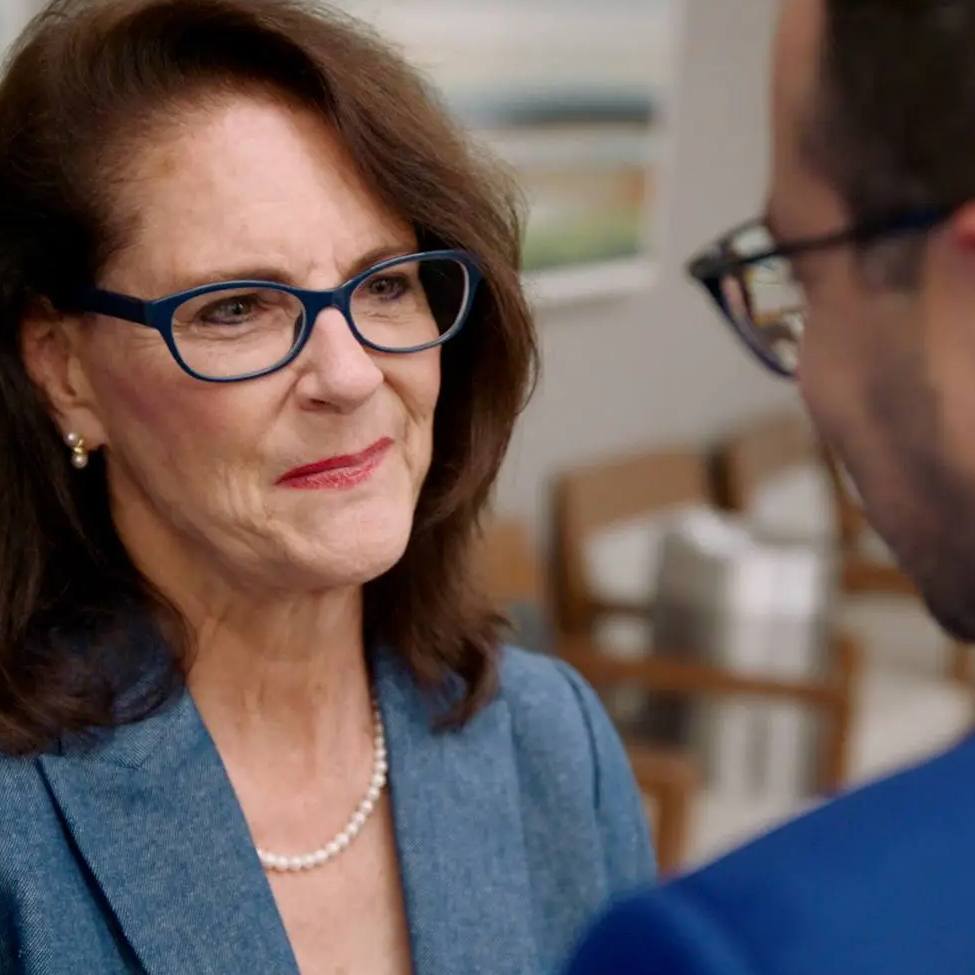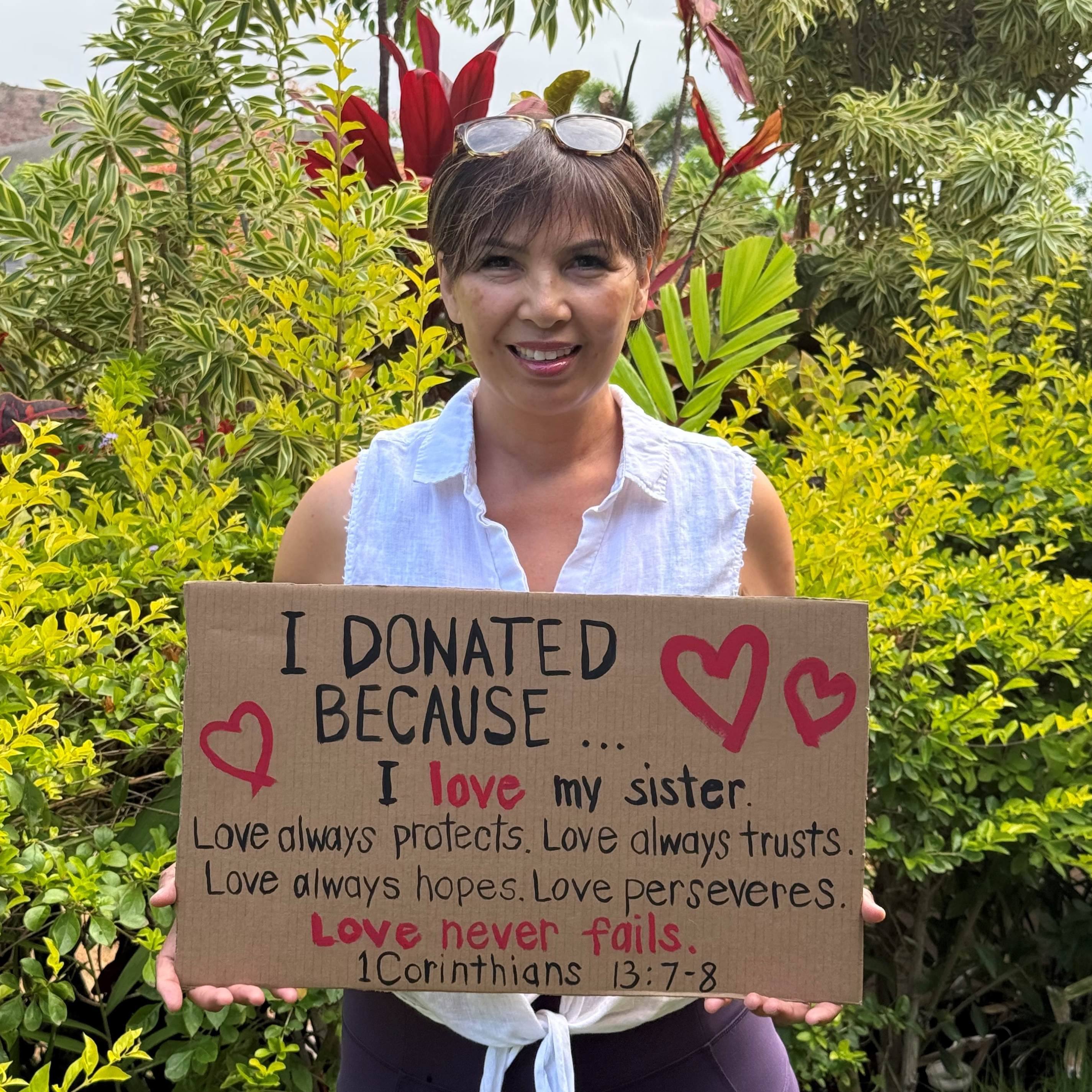-
Microsurgery Provides Much-Needed Relief to Teen With Lymphedema
Hobbled with painful ankle swelling for a year, Amanda Garrett finally found answers and a solution at Mayo Clinic.
Amanda Garrett's ankle was painful and extremely swollen, and for a year, no one could tell her why. The 18-year-old went from specialist to specialist to determine what was causing her left ankle to swell up to 16 inches in diameter. She had six MRIs and went to consults with nearly a dozen specialists, including infectious disease doctors, endocrinologists, cardiologists and rheumatologists.
"Some doctors thought I had an autoimmune disease, and others didn't know the cause," Amanda says.
The turning point came when Amanda went to Mayo Clinic.
"We heard from several friends that Mayo had a wide variety of doctors who specialized in rare conditions, so we thought we could find answers there," says Kim Garrett, Amanda's mom.
Much to their relief, they did find answers and the solution Amanda needed at Mayo Clinic's Florida campus.
On May 30, 2017, with a needle thinner than a human hair, Mayo Clinic plastic and reconstructive surgeon Antonio Forte, M.D., Ph.D., created new connections between lymphatic vessels and veins in Amanda's left leg, allowing the excess fluid causing her swelling to drain. It took nearly seven hours, but the lymphovenous bypass allowed Amanda to walk normally and be pain-free for the first time in nearly two years.
A long-awaited diagnosis
As she went from one doctor to another during her long search for help, Amanda lived in daily discomfort.
"It felt like I had a really heavy weight on my leg," she says. "I also had a shooting pain, which caused me to limp a lot."
Then Amanda was referred to Dr. Forte at Mayo Clinic. He suspected she might have lymphedema in her leg and ordered a lymphoscintigraphy — a test in which radioactive dye is injected into the body to see how it moves through the lymphatic system. The test confirmed Amanda did, indeed, have lymphedema due to an accumulation of lymphatic fluid in her lower calf and shin.
"After a couple of weeks, I could see the improvement. Two months later, I could fit into my shorts and wear clothes that most teenagers wear." — Amanda Garrett
"Dr. Forte was very knowledgeable," Amanda says. "He was the light at the end of the tunnel."
Dr. Forte talked to Amanda about the possibility of using lymphovenous bypass to treat her condition. During this microsurgical procedure, a surgeon re-routes part of the lymphatic system to improve fluid flow and reduce swelling. Because lymphatic vessels can measure less than one millimeter, the surgeon uses a unique microscope for the surgery that offers magnification 15 times higher than normal.
Before moving forward with surgery, Dr. Forte suggested Amanda first try a less-invasive approach. She wore a compression stocking, regularly elevated her leg, and restricted sodium in her diet to see if those steps would reduce the swelling and improve the lymphedema.
A big step forward
Unfortunately, after seven months using nonsurgical therapies, Amanda saw only minimal improvement. During a follow-up consult with Dr. Forte in April 2017, Amanda decided to move forward with surgery.
"Dr. Forte was informative and honest," Amanda says. "He said surgery would maybe improve the swelling 30 to 40 percent."
The surgery was scheduled two weeks after Amanda's high school graduation. Once the procedure was complete, her situation began to look up.
"After a couple of weeks, I could see the improvement. Two months later, I could fit into my shorts and wear clothes that most teenagers wear." Amanda says. "I love Dr. Forte so much for helping me. It's hard to put into words. Now I can be a normal teenager."
"I not only look better, I feel better. And that's given me a lot of confidence." — Amanda Garrett
Amanda continues to wear a compression stocking five to six days a week to help keep her condition well-managed. Four months after undergoing surgery, the results were significant, with the swelling in her leg reduced by 70 percent. That's made a big difference in Amanda's day-to-day life.
"I can see a change in her personality because she has more freedom,” Kim says.
Amanda, who's now a linguistics major and wants to be a government translator one day, is looking toward her future with enthusiasm.
"It was really exciting for me because I lost 10 pounds after the surgery," she says. "I not only look better, I feel better. And that's given me a lot of confidence."
HELPFUL LINKS
- Learn more about lymphedema.
- Read about the Department of Plastic and Reconstructive Surgery.
- Explore Mayo Clinic's Florida campus.
- Request an appointment.








